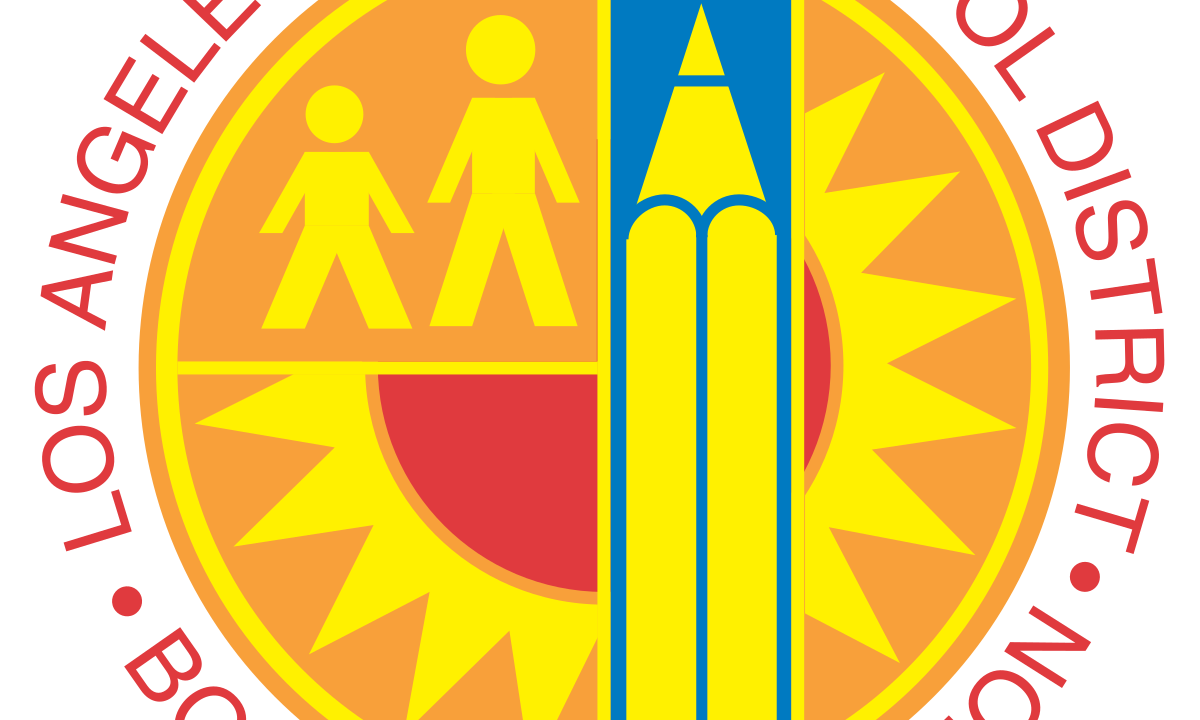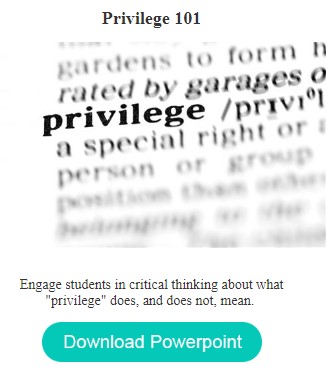
Los Angeles Unified School District provides educators with lesson plan that teaches students they have “white privilege” and “cisgender privilege”
Incidents
The Los Angeles Unified School District has a lesson for teachers on the district’s “Human Relations, Diversity and Equity” page online telling students that they are privileged. The district explains on the page:
The Office of Human Relations, Diversity & Equity has created an array of short, student-facing Push & Play lessons for educators to utilize in their advisory classes. These lessons may serve as a starting place for educators who wish to adapt them for their unique student populations.”
The lesson on privilege is a PowerPoint presentation titled “Privilege 101.”
The objectives of the lesson include to “understand the basic definition of privilege,” “review several common types of privilege,” “consider types of privilege and it’s impact on your life and the lives of others,” and “use awareness of one’s own privilege to become a more effective ally.” The lesson then teaches students about the phrase “check your privilege.” The lesson also provides students with a definition of “privilege” that is “a special right, advantage, or immunity granted or available only to a particular person or group of people.”
The lesson then lists “common types of privilege” that include “white privilege,” “heterosexual privilege,” “religious privilege,” “socio-economic privilege,” “gender privilege,” “able-bodied privilege,” “cisgender privilege,” and “colorism.” The lesson additionally includes an “intersectionality” diagram that consists of “race,” “sexual orientation,” “gender identity,” “nationality,” and “disability.” The lesson explains that “people may experience privilege in some areas but lack of privilege in others.”
The lesson includes a picture of a woman and lists “visible” and “invisible” identities. Under visible identities, the lesson lists “woman,” “black,” and “Muslim.” Under invisible identities, the lesson lists “sexual orientation,” “nationality,” “immigration status,” “[dis]abilities,” “education,” and “socio-economic status.” The following “5 tips for being an ally” are then listed for students:
- Understand your privilege
- Listen and do your homework
- Speak up not over
- You’ll make mistakes; apologize when you do
- Ally is a verb

Stay Informed
